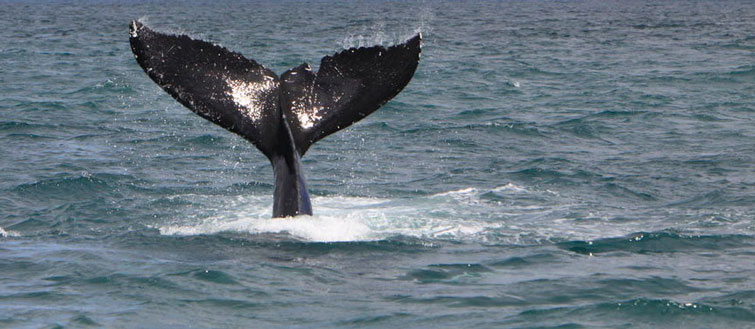Whaling Past in County Mayo

In the early 20th century whaling industry was important for both their meat and their oils. County Mayo had a short-lived and turbulent association with it and it lasted only around twenty years. In 1896 Norway enjoined more stricted environmental rules and regulations so that many Norwegian whaling stations closed down and moved abroad where the regulations were not as strict.
In March 1908, two Norwegian businessmen, L.M. Christensen and Erling Lund, set up the first Mayo’s whaling station on Rusheen, a tidal island at short distance away from Iniskea South, after their attempts on the Shetland Island and Co. Donegal. The company was the Arranmore Whaling Co. and operated until 1922. Soon the infrastructure of the whaling station took shape: a 12m pier, wooden slipway, cooperage, forge, steam winches, bone crunching mill, steam boilers, sheds and an administration building.
The boats involved in the enterprise were the Alectro, the Erling and the Carsten Bruun owned by Captain Lorentz Bruun, who later ran his own Norwegian Irish whaling station on the east side of the Mullet Peninsula in Blacksod Bay.
The station had to deal with some problems: whales could be brought up the slipway only for two hour a day because of the tide, the essential delivery of coal was difficult for the same reason and the tensions with some militant South Islanders.
Between 20 and 40 men were employed, all from the Iniskea South. South islanders refused to allow strangers from mainland and people from Iniskea North to work at the station. It was said that all the jobs went to the south islanders and the north islanders were left with just the foul smell from the station.
Afterwards, in August 1909, the islanders went on strike and managed to have their wages increased to £1 per week. With that wage they were extremely well paid for the times considering their rent was about £5 a year and Inishkea South enjoyed a period of unusual prosperity.
In 1909 the station caught 102 whales including blue whales, fin whales and sperm whales. Blubber and oils were exported to Scandinavia, bones and meat were dried and milled into powder and then shipped to Norway where it was used as cattle meal and fertiliser.
In 1912 the number of whales decreased to 26 and the end was in sight when the catch for 1913 came to 49. By 1914 the company was heavy in debt. In 1915 the Arranmore Whaling Co. closed down forever. The machinery and boilers were sold to a Spanish Whaling Co. shipped out until after the war.
Captain Lorentz Bruun, who was involved with the Arranmore Whaling Co., bought a land from the local landlord Dennis Bingham, in order to set up a new whaling station. The site was located south of Ardelly Point in Feorinyo Bay (Mullaghroe).
In 1910 the whaling station of the new company, the Blacksod Whaling Company, was ready to operate. 20 Norwegians and 30 Irishmen were employed.
Whaling stopped in August 1914 because of the outbreak of the I World War and Norwegians went back home. In 1915 the British Admiralty took over the station and turned it into a petrol base until 1918.
After the war Captain Lorentz Bruun tried to recommence the business, but the station had been heavily damaged. No whaling took place until 1919. In 1923 a large part of the station burned. It was said some of the local men who were refused jobs started the fire.
On Christmas Day 1924 Captain Bruun died. The company closed down in 1932 due the lack of demand for whale blubber and oils.
That was the end of Mayo’s whaling past.
In 1908 the London born inventor and pioneer cinematographer Robert William Paul (1869-1943) and his film crew landed on Rusheen and filmed a short movie capturing the whaling activity and scenes of the whalers’ life at the station for posterity.
The film, entitled “Whaling Afloat and Ashore”, was the last of Robert Paul’s films to survive for he quitted the business in 1910.
